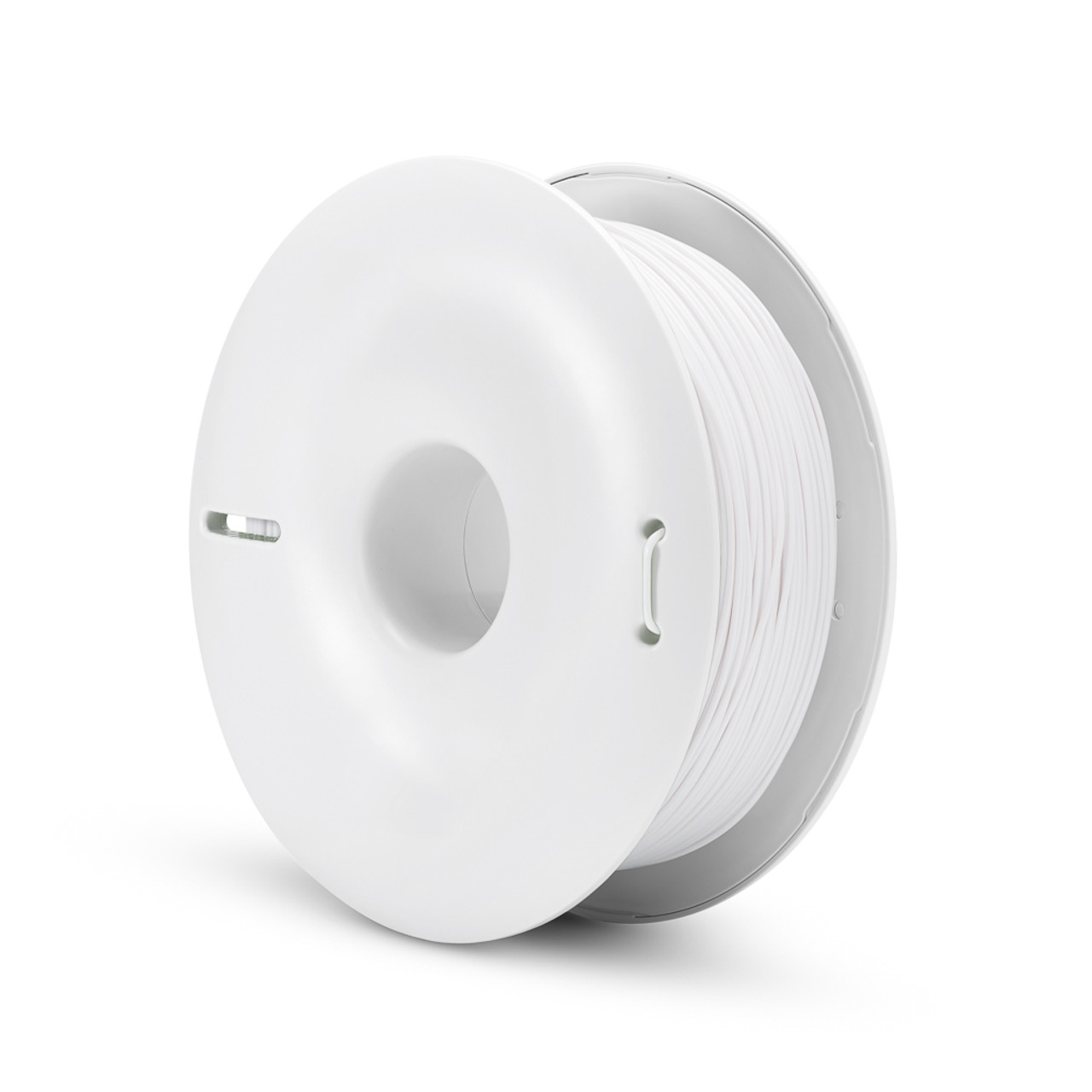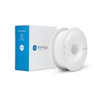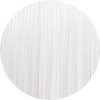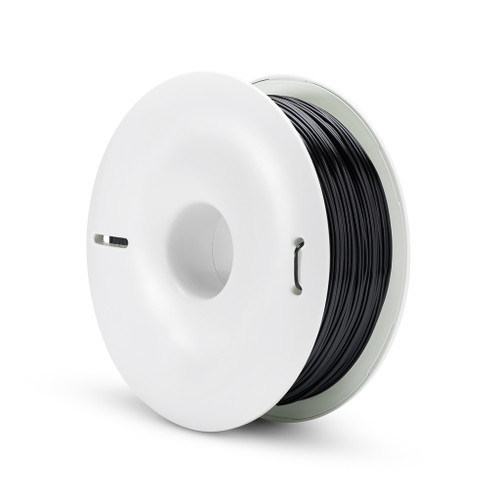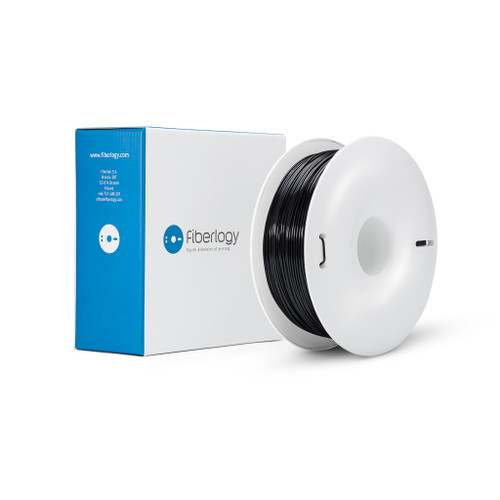Product Description
Fiberlogy HIPS White 3D Printing Filament
FIBERLOGY HIPS filament is a versatile 3D printing material that serves as both a standalone filament and an excellent support material for 3D printing.
Product Information & Technical Details
| Item No: | hips-white-175-085 |
| Manufacturer No: | 5902560991864 |
| Manufacturer: | Fiberlogy |
| Content: | 850g |
| Diameter: | 1.75mm |
| Product Type: | HIPS Soluble Printing Filament |
| Filament Colour: | White |
| Net Weight: | 850g |
Recommended processing temperature: 230 - 245 °C
Recommended heating temperature: 80 - 100 ° C
Description
FIBERLOGY HIPS filament is a versatile 3D printing material that serves as both a standalone filament and an excellent support material for 3D printing. Here are some of its key features and applications:
As a Standalone Filament:
-
Light and Aesthetic Prints: FIBERLOGY HIPS filament produces lightweight prints with a matte surface finish. This can be particularly appealing for projects where a clean and subdued appearance is desired.
-
Post-Processing Options: Prints made with HIPS can be polished to achieve a smoother surface, and they can also be coated with acrylic paint to achieve assorted colors and finishes. This makes it suitable for creating aesthetically pleasing models and miniatures.
As a Support Material:
-
Support for Overhangs and Complex Shapes: HIPS is an excellent support material for 3D printing because it can easily be dissolved away after printing. It's particularly useful for supporting overhangs and complex geometries in prints, ensuring that the main object is well-formed.
-
Dissolvable in D-Limonene: To remove HIPS supports, you can simply immerse the printed object in D-limonene, a common and safe solvent. This dissolves the HIPS material while leaving the primary print intact. This process saves time and effort compared to manually removing traditional supports.
FIBERLOGY HIPS filament offers a dual role in 3D printing: it can be the primary material for creating lightweight and visually appealing prints, and it can serve as a reliable support material for challenging prints with complex geometries. Its versatility and ease of use make it a valuable addition to a 3D printing toolkit, especially for those who require both high-quality prints and effective support structures.
APPLICATION IN 3D PRINTING
FIBERLOGY HIPS filament finds applications in various 3D printing scenarios due to its unique properties as both a standalone filament and a support material. Here are specific applications where FIBERLOGY HIPS can be effectively used:
-
Costumes or Their Elements:
- Masks: Create detailed and lightweight masks for cosplay, costume parties, or theatrical productions.
- Parts of Costumes: Design costume components such as armor pieces, gauntlets, or accessories with a matte finish.
- Helmets: Fabricate helmets for various costumes, offering both durability and aesthetic appeal.
-
Modeling:
- Mock-ups: Build realistic prototypes and mock-ups for design validation and visual representation.
- Figures: Craft figurines and scale models with a clean matte surface finish.
-
Prototypes:
- Durable and Lightweight Elements: Print prototypes of mechanical components, parts, or models that require both strength and lightweight characteristics.
-
Decorative Elements:
- Decorations: Produce intricate decorative pieces for home decor or special events.
- Hanging Elements: Create unique hanging decorations, mobiles, or ornaments.
- Lamps: Design lampshades and lamp fixtures that offer a visually pleasing appearance when illuminated.
-
Joining with Other Filaments:
- Support for Other Prints: Utilize HIPS as a support material for 3D prints made from different filaments. Its dissolvability in D-limonene simplifies the removal process, leaving the primary print intact.
FIBERLOGY HIPS filament's ability to dissolve in D-limonene makes it an ideal choice for support structures, especially in scenarios where easy removal is required without causing damage to the main print. Its lightweight yet durable properties make it suitable for various applications, from costume design to prototyping and decorative art. This versatility allows users to experiment and create a wide range of 3D-printed objects with distinctive features.

